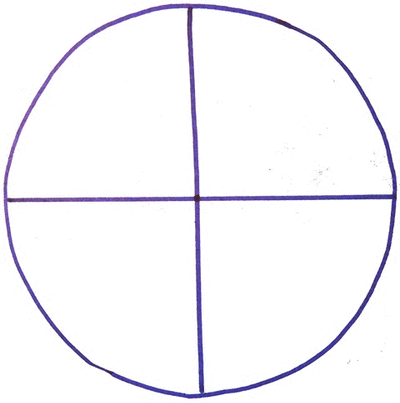In the Discovering Mathematics model I was introduced to the idea of fundamental mathematics. My understanding of this was that it was the skills that we use within maths such as multiplication, division, addition and subtraction. However, after reading Liping Ma I have realised it is so much more than this.
According to Ma (2010) there are four main principles that teachers need to know to have a reached a profound understanding of mathematics Connectedness,. Connectedness is one of these and teachers should be able to make connections among mathematical concepts and procedures. This was something I had not thought about before and led to me realise that there are some mathematical procedures I can carry put but have no idea of the reason why. An example would be when dividing fractions I have been taught to flip the second fraction and then multiply the top numbers and multiply the bottom numbers. I decided to try source the reasons for this and if I am honest some books and web pages confused me further and I could to relate why this is not taught as it may confuse the procedure further. I came across an explanation which instantly made sense to me by Raymond Johnson. He starts with the problem:
and explains that it is easier to explain when it is written as a compound fraction:
![]()
He says that that dividing by a fraction is difficult but dividing by one is easy. To turn a fraction into 1 you multiply it by its recirprocal. Which would be the fraction divided by its inverse. 1 is the only number that can be multiplied with without changing the value and therefore the original fraction should be multiplied by:
![]()
Therefore,

by doing this the bottom fractions become 1 which do not make an impact and therefore this is why the original factor becomes multiplies by the inverse.
Ma (2010) states that multiple perspectives is also a principle that is require within a profound understanding of fundamental mathematics. this requires teacher to be able to provide explanations of approaches as this leads to the students having a flexible understanding of mathematics. Now knowing the reasons for why you divide fractions in this way I can connect this idea to other areas of mathematics such as equivalent fractions. Through investigating this I am begging to understand Ma’s four principles and their importance.
Johnson, R (2011) http://blog.mathed.net/2011/07/pretty-short-explanation-of-invert-and.html







